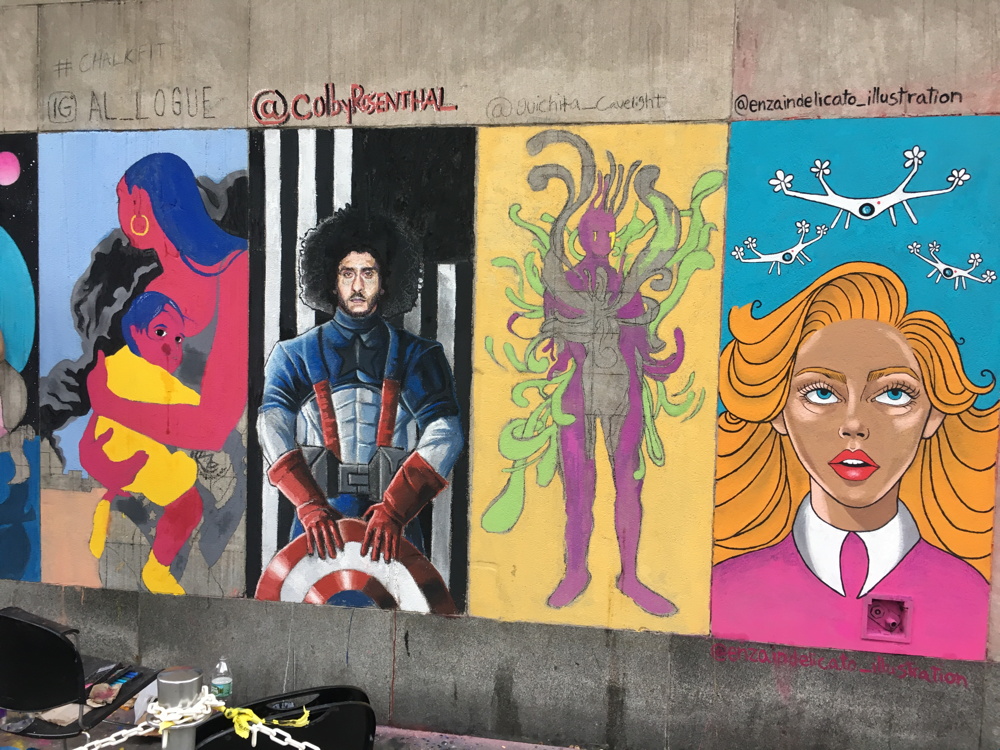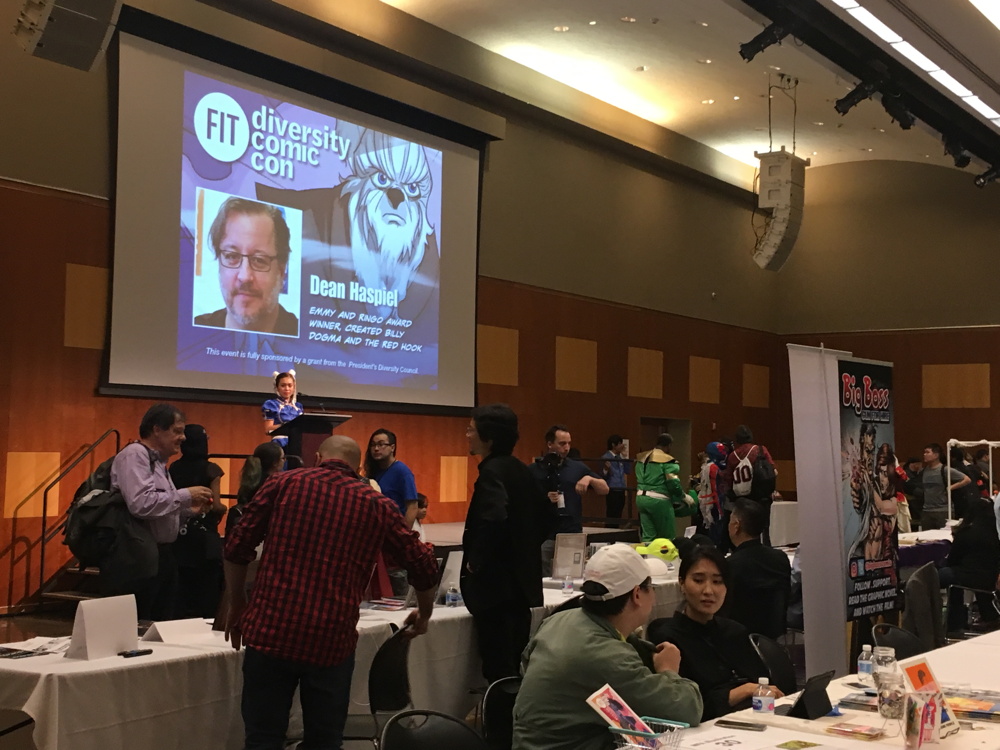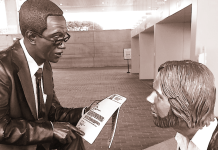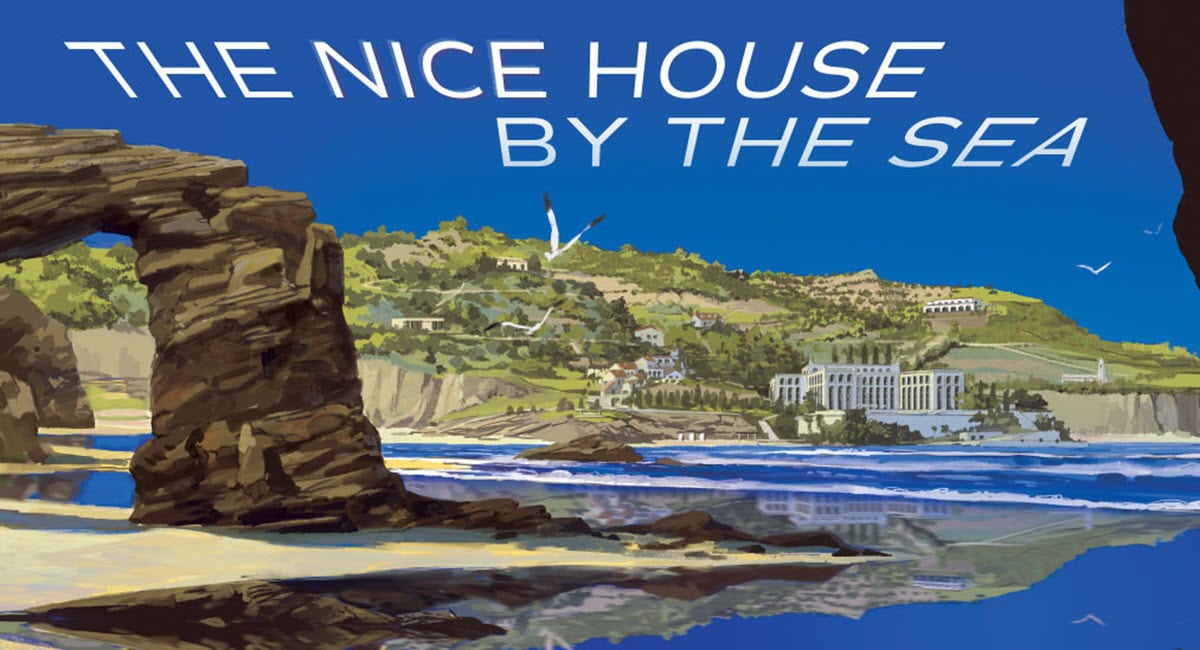By Ricardo Serrano Denis
There is an undeniable charm to smaller, more thematically-specific comics conventions. They promote conversation and an exchange of ideas that tends to get lost in the bigger, louder, and more distracting mess of lights and sounds that are the larger arena conventions. Diversity Comic Con, organized by Ramón Gil, favors conversation. It seeks interaction through human contact rather than through the shock and awe approach to media that are the New York and San Diego Comics Conventions.
Diversity Comic Con celebrates inclusion, differences, identities, and distinct creative voices in a medium that is rapidly expanding into areas previously dominated by status quo representations of Fiction and Non-Fiction.
The convention took place in the Fashion Institute of Technology in downtown Manhattan, on October 11th, and it was open to students from the institute and the general public. Vivek Tiwary, author of The Fifth Beatle (about the tragic story of The Beatles’ manager, Brian Epstein, and his bouts with an industry rife with homophobia and discrimination), was key keynote speaker and participated on panels about diversity and self-publishing.
The show floor was small but well-spaced and it included a comics exhibit that showcased diversity in the medium from the 60s and all they way up to series currently in circulation, titled “Drawn to Diversity An exploration of diversity in American Comic Books.” While my time in the convention was short, the exhibit quickly became a highlight. The exhibit carried both famous and infamous comics, with accompanying descriptions of the comics’ story and why they were pertinent to the overarching theme. G. Willow Wilson’s Ms. Marvel #1 was standing just across from Lois Lane: I am Curious (Black)!, which sees Lois becoming a black woman for 24 hours to get a story about Little Africa, Metropolis, a black ghetto in the city Superman calls home. The exhibit was thoughtful and inspired further thought into the trajectory diversity has been subjected to in an industry that is witnessing the rapid aging of old comics classics, and not a good aging process at that in many cases.
I had the chance to chat briefly with Kristen Gudsnuk, creator of Henchgirl and Modern Fantasy, while looking at her work in the show floor. She was excited and eager to talk about Henchgirl, the comic that got her into the industry, about a girl that works for a supervillain, hence the title, that challenges her sense of morality and complacency. She doesn’t want to be tied down to the hench-person identity and tries to look for a place where she can fit in in spite of her previous work experience. Gudsnuk projected what other creators seemed to be very happy about: a more relaxed space for audience interaction. The mood was inviting and the focus on diversity meant everyone there was ready to provide insight into a part of the industry that deserves even more attention than it’s currently getting.
I could only see just one of the panels presented at the con, but it was an important one that contemplated the next possible steps the industry could be taking in the following years. The panel was titled “The Future of Comics,” moderated by Heidi MacDonald in conversation with editor Heather Antos, Editor-in-Chief of Papercutz Jim Salicrup, and cartoonist/activist/9th grader Sasha Matthews, creator of Everyday Superheroes and Rumble Comics.
One of the main topics of discussion in the panel was product consumption, especially in terms of how people will continue getting their comics in the future. Will digital take over completely? Are comic book stores out of sync? Is print strong enough to survive, say, twenty years into the future? Jim Salicrup seemed cautiously optimistic given the current industry trend of doing whatever it takes to succeed in brand outreach and sales regardless of the damage it might cause along the way. Streaming, for example, is largely favored by consumers across various forms of media, but it comes at the cost of physical copies of any given medium. Streaming is quickly expanding to comics, as we’ve seen with DC Universe, Marvel Unlimited, and a few soon-to-be revealed comics reading programs aimed at console gamers. Salicrup warned that new formats don’t necessarily guarantee success, even after the damage is done.
The digital market can easily be considered a tool of empire-building interests. Whatever gets the product quickest to the consumer will garner attention from a profit standpoint. And yet, comics publishers such as Papercutz and Scholastic are still in the print game and are seeing much deserved success with their titles. One reason for this is that schools and libraries are at the forefront of acquiring comics for younger readers as a way to develop a love for reading from early on. While these comics come in digital as well, libraries and schools go the extra mile to make sure readers have access to the physical copies of the books. The potential for book swaps, exchanges, and lending amongst readers rises with the physical copy and it can convince more people to get deeply invested in reading.
Sasha Matthews spoke to this by stating “I like to draw, tell stories, and spread information to kids.” According to her, comics are the best way to do that. Matthews mentioned Manga as a great entryway for new younger readers and counted amongst her inspirations the Calvin and Hobbes comic strip and X-Men. Both comics are linked by their ability to inspire continued reading given the scope of their stories and the themes they explore. Matthews, an activist herself, saw a lot of the stuff we are struggling against in current times in the pages of X-Men. In fact, the social awareness of the series coupled with the younger sensibilities of Calvin and Hobbes manages to capture Matthews’ approach to comics. Hers is a playful look at the world that does not turn a blind eye to its problems. Again, one of her main interests is getting information out there for younger readers.
Heather Antos touched upon the convergence of media the comics experience can eventually represent. Her take on the future of comics included discussions on multi-path stories in comic book form, which was discussed in response to audience questions, and how digital comics opens up publishing for anyone dedicated enough to go through the process of creating an online presence for their creative projects. According to Antos, the scope is global and digital allows for a wider reach, taking into account that social media is now a platform for serialized comics. Following certain creators can let you in on a huge stream of content that is continuously updated. Sasha Matthews happily admitted to being a product of this wave of creators and has seen massive success with her online comics. Antos emphasized the point of self-publishing in the digital age as a more accessible way of getting comics out into the hands of readers. The way people are consuming stories is changing and emerging voices within the medium have to find their place in it.
The panel eventually led to the still controversial topic of digital vs. physical. Many have proclaimed the death of print (which has seen many ‘deaths’ in recent years but still manages to stay alive), and warn of a more formal takeover from the digital front. The panel did have a pretty lively discussion on the future of print in the face of new tech. An audience member challenged the idea print would continue to exist due to changes in customer preference on the volume of content available to them from the get-go. The idea was, the new consumer favors bingeing.
Comics bingeing will become a digital reality given we are already seeing how the graphic novel and collected editions market is overtaking single issues in certain aspects. Some readers preferred their comics in a collection. That group is growing. But the panel rebutted by highlighting the fact that single-issue comic book sales are still relevant and support the business model furthered by the industry. Salicrup mentioned that one of the challenges facing comics in the future is that comic book stores don’t have a comprehensive network of communication in the present. Finding a comic book store is still difficult in parts of the country and same states have big patches of land that are barren of comic book stores. Antos added that comics promotions are lacking in diversity and can further hurt the industry. How many more Batman stories can DC promote without having them drown out other characters and cast them out of the public eye (characters like Blue Beetle, Cyborg, Phantom Stranger, Mary Marvel, Vixen, and Black Cannary could definitely benefit from a bump in public presence). Heidi MacDonald spoke to the changes in comics sales throughout the decades and how print, while receiving a hard hit as of late due to digital markets, has not fully faded into the dark recesses of memory. The single-issue market is still the barometer of the comics industry and it still manages to steer the industry into certain storytelling directions. In addition, comic stores offer an experience and set up a meeting place that furthers comics talk. They are keeping a culture of communication and storytelling alive, through actual human contact, that is just as powerful as discussion that are being had online.
Diversity Comic Con managed to develop in a day what many cons struggle getting in a 4-day show. It got people talking. They talked about storytelling and how it should reflect the diverse nature of the comics community, readers included. They talked about the future and how new formats don’t necessarily signal the death of other formats. The event succeeded in reminding everyone that comics are for everyone. And that soon it won’t be something that people will need to be reminded of.










